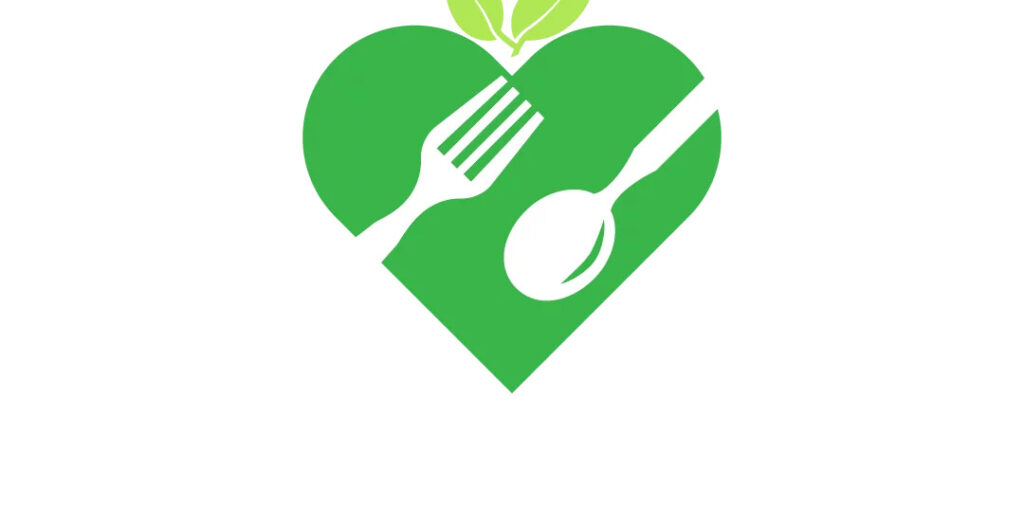Introduction
In recent years, the gluten-free diet has gained popularity, not just among those with celiac disease but also for people looking to improve their overall health. A gluten-free diet eliminates all foods that contain gluten, a protein found in wheat, barley, and rye. This article explores what a gluten-free diet entails, its benefits, and how to adopt it without feeling deprived.
What is a Gluten-Free Diet?
A gluten-free diet means avoiding all foods that contain gluten. This includes most breads, pastas, cereals, and many processed foods. For those with celiac disease, consuming gluten can lead to serious health issues. However, many people without this condition choose to follow a gluten-free lifestyle for various reasons, including improved digestion and increased energy levels.
Benefits of a Gluten-Free Diet
- Improved Digestive Health
Many people report fewer digestive issues when they cut gluten from their diets. Symptoms like bloating, gas, and diarrhea often improve significantly. - Increased Energy Levels
Some individuals feel more energetic when they eliminate gluten. This may be due to better nutrient absorption and a reduction in inflammation. - Potential Weight Management
Following a gluten-free diet can lead to weight loss, particularly if it encourages people to avoid processed foods and focus on whole, nutritious foods. - Better Nutritional Choices
When adopting a gluten-free diet, individuals often increase their intake of fruits, vegetables, and whole foods, leading to a more balanced and nutritious diet.
Tips for Starting a Gluten-Free Diet
- Read Labels: Always check the ingredient labels on food products. Many processed foods contain hidden gluten.
- Choose Whole Foods: Focus on naturally gluten-free foods like fruits, vegetables, meat, fish, eggs, dairy, and legumes.
- Find Alternatives: There are many gluten-free alternatives available for bread, pasta, and snacks. Look for options made from rice, quinoa, or almond flour.
- Meal Prep: Preparing your meals in advance can help you stick to your gluten-free diet and avoid the temptation of convenience foods.
- Experiment with Recipes: Explore gluten-free recipes that include your favorite dishes, so you don’t feel deprived of delicious food. Websites like Food For Normal People offer many great options.
Conclusion
Adopting a gluten-free diet can be a positive change for many people, whether for health reasons or personal preference. By focusing on whole, unprocessed foods and being mindful of ingredient labels, you can enjoy a variety of tasty and satisfying meals. Remember that transitioning to a gluten-free diet may take time, but with patience and creativity, you can thrive on this new way of eating. Explore gluten-free recipes and tips to make your journey enjoyable and delicious!



